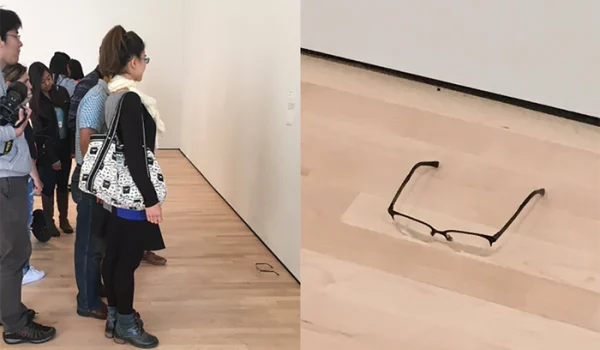As a number of revellers took to the streets to partake in what they labelled the “Devil Carnival,” Brazil’s annual Carnival celebrations took an ugly turn.
Participants at the celebration in Rio de Janeiro were decked out in red and black costumes, with many sporting devil horns and pitchforks. Even some partygoers wore masks decorated with occult images like inverted crosses.
Religious organizations and individuals from all over the world have criticized the Carnival, calling it vulgar and sacrilegious. A lot of people have also expressed surprise and rage at the performances, calling them offensive and divisive.
Notwithstanding the criticism, revellers in the Satan Carnival persisted in their procession through Rio de Janeiro’s streets while dancing and playing loud music. The scene was hectic and frantic, and many spectators were baffled by what they were seeing.
The Devil Carnival’s organizers characterized their gathering as a celebration of individual liberty and inventiveness. Even if others considered their views distasteful or provocative, they claimed they had the freedom to express themselves
According to sources, “huge downpours have caused landslides and flooding in coastal cities of Brazil’s richest state, which has so far been hammered by more than 600mm (23.6 inches) of rain, the highest cumulative amount ever in the country”.
With 47 recorded fatalities, the city of So Sebastiao, which is around 200 kilometres (124.3 miles) from So Paulo, took the brunt of the toll.
Nonetheless, surrounding communities including Ilhabela, Caraguatatuba, Bertioga, and Ubatuba also suffered greatly.
Brazil is a country with a substantial Catholic community. Over 123 million (65%) of the 214 million people in the country identify as Catholic. The Christ the Redeemer statue, which stands 98 feet tall and is the tallest representation of Jesus Christ, dominates the coastal city of Rio de Janeiro, where the carnival was hosted.








